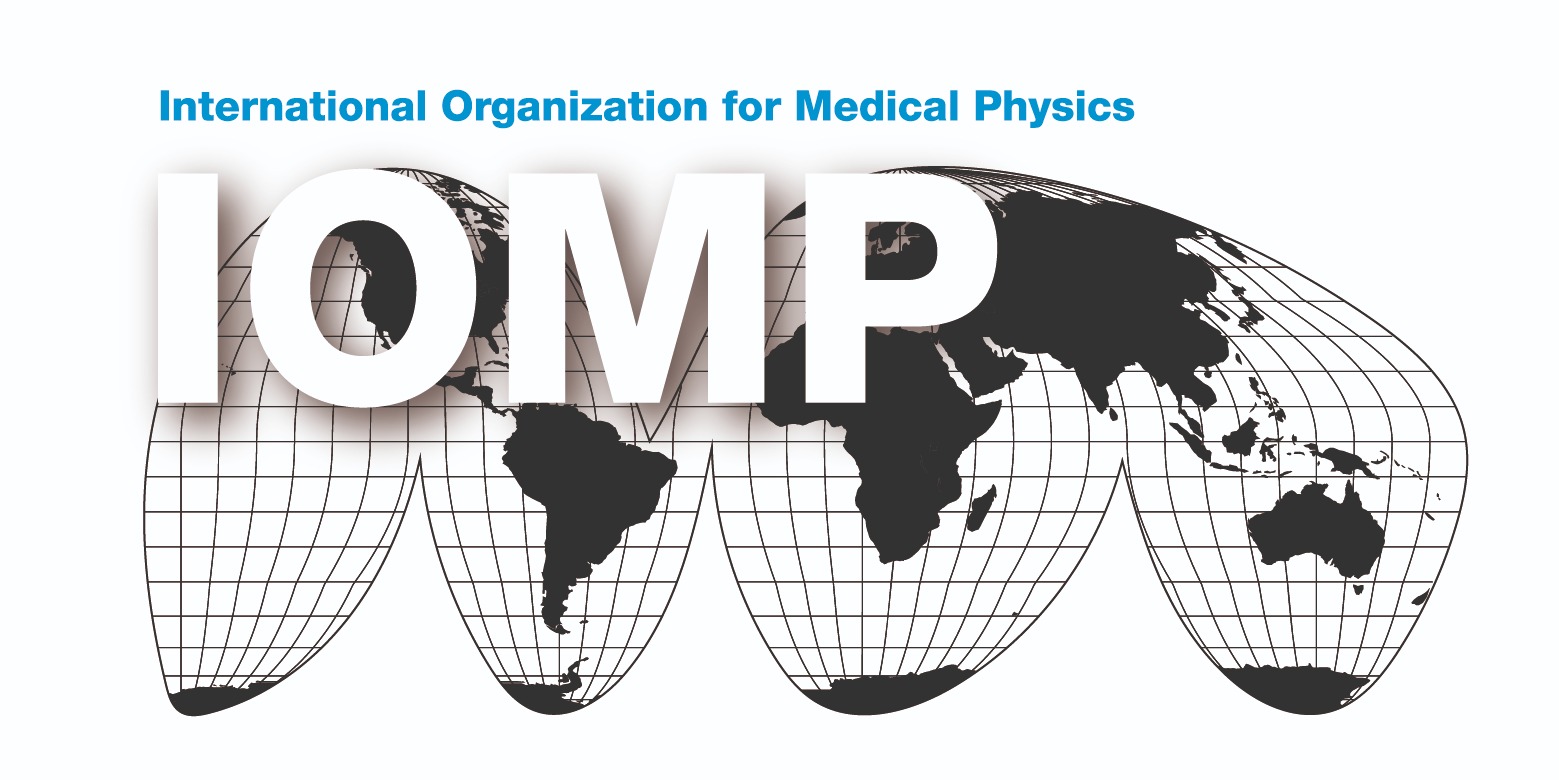The first webinar in the series shall be held on 16th April 2019 on CT diagnostic reference levels- Experience of the United States
CT Diagnostic Reference Levels – experience of the United States
with Dr. Kalpana Kanal
PARTICIPATION IS FREE
Joint IAEA–IOMP webinar: Patients Undergoing Recurrent CT Imaging: Managing Cumulative Doses | IAEA
16 March 2021, 2 pm CET
Moderator: Jenia Vassileva (IAEA)
Presenter: Madan Rehani (IOMP)
23 February 2021, 2 pm CET
Moderator: Jenia Vassileva (IAEA)
Presenters: Madan Rehani (IOMP), Werner Jaschke (CIRSE)
Presenters: Eliseo Vano, Gabriel Bartal
Date of broadcast: 16 January 2020, 3 pm CET
Organized jointly with the Cardiovascular and Interventional Radiological Society of Europe (CIRSE) and the International Organization for Medical Physics (IOMP)
About the webinar:
It is well recognized that clinical benefits of interventional procedures in patients are much higher than radiation risks. Radiation risks should be quantified and reduced as much as possible, maintaining the clinical benefits.
Occupational radiation risks, especially the risk of cataracts, should be considered when planning interventional practices, but also during the design of catheterization laboratories, the appropriate selection of the X-ray systems, the availability of radiation protection tools, and the training in radiation protection for all the staff involved. It is still a challenge to get realistic occupational dose values as, in many cases, not all professionals working in catheterization laboratories regularly wear their personal dosimeters. International Commission on Radiological Protection (ICRP) recommends an integral approach to radiation protection for patients and staff. The new automatic systems to manage patient doses (and sometimes, occupational doses) allow a real time optimization with a continuous audit of the dosimetric indicators.
During the webinar, priorities for the optimization actions and the collaboration of all the actors in the interventional team (including the medical physicists, when and if available) will be discussed by an interventionalist and a medical physicist.
Learning objectives:
To identify the radiation protection priorities for patients and staff in interventional radiology based on current recommendations of the professional societies
To describe the benefits of having an advice of a medical physicist for the interventional team.
To highlight the importance of an integral approach (patient and staff) to optimize the radiation protection in interventional procedures.
About the presenters:
Prof. Eliseo Vano is an Emeritus Professor of Medical Physics at the Radiology Department of the Complutense University of Madrid, Spain. Prof. Vano was a member of ICRP and the Chair of the Committee on Radiation Protection in Medicine. He has been involved in several radiation protection activities of UNSCEAR, IAEA, EURATOM and WHO. Prof Vano is an author of many publications dealing with radiation protection for Interventional Radiology.
Dr. Gabriel Bartal is an interventional radiologist, former Director of the Department of Medical Imaging and Interventional Radiology at Meir Medical Center, Kfar Saba, affiliated to Tel Aviv University, Tel Aviv Israel. Dr. Bartal is a President of the Israeli Society of Interventional Radiology, Distinguished Fellow of the Cardiovascular and Interventional Radiology Society of Europe (CIRSE) and a Fellow of the North American Society of Interventional Radiology (SIR). He is an active member of Radiation Protection subcommittee of CIRSE and involved in several European projects on behalf of CIRSE. He is also involved in research and developments of clinical methods in dose management and radiation protection and co-author of book chapters, publications and professional guidelines in the field of patient and staff radiation safety in image guided interventions.
Presenter: Sarah McKenney
Date of broadcast: 1 October 2019, 4 pm CET
About the webinar:
The use of radiation dose monitoring (RDM) was developed in response to growing concerns regarding radiation risk from diagnostic imaging, specifically from computed tomography (CT). RDM has further been fuelled largely by regulatory or accrediting requirements to extend monitoring to other imaging modalities that use ionizing radiation, such as fluoroscopy.
At this time, more than 15 diverse products are commercially available and equipped with features that continue to evolve. RDM is a heterogeneous practice developed primarily at a departmental level. The implementation of dose monitoring ranges from an act of compliance requiring minimal support to an essential imaging and workflow tool leveraged by staff ranging from technologists to administrators.
In early 2018, over 50 questions were generated to equip imaging groups with the ability to evaluate monitoring solutions in terms of the hardware support and necessary resources the user interface
the physics of the dose values monitored the deliverables as well as other considerations.
A summary of responses to these questions will be reviewed to better understand differences in capabilities and necessary resources to successfully launch a radiation dose monitoring program.
Learning objectives:
About the presenter
Dr. McKenney serves as a Diagnostic Medical Physicist at Stanford University. She is a member of the steering committee for Image Gently. She is also the Vice Chair of the Pediatric Imaging Subcommittee for the American Association of Physicists in Medicine and she is a member of the Food and Drug Administration (FDA) Technical Electronic Product Radiation Safety Standards Committee (TEPRSSC). Her research interests include image quality and patient dose optimization.
16 May 2019
Fluoroscopically guided interventional procedures (FGI) are used with increasing frequency in place of open surgery for a growing number of procedures. FGI usually reduces both hospital-time and procedural-related morbidity. One cost of FGI is the exposure of both patients and staff to radiogenic risks from these procedures. In addition, operators are an active element of much of the logic needed to control FIG systems. Appropriate application of fundamental concept and optimized use of system-specific controls by the physician performing the procedure are essential elements of radiation management.

The first webinar in the series shall be held on 16th April 2019 on CT diagnostic reference levels- Experience of the United States
CT Diagnostic Reference Levels – experience of the United States
with Dr. Kalpana Kanal
PARTICIPATION IS FREE
What are you looking for?

